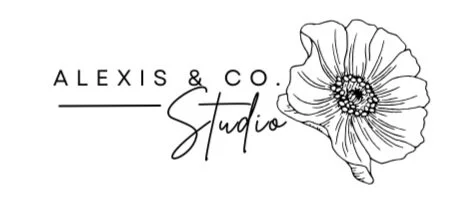Why Art Therapy Isn’t Just for Kids: Creative Healing at Every Life Stage
There’s a common misconception that art therapy is only for children—that finger painting and clay are reserved for tiny hands and youthful imaginations. But the truth is, creative expression lives in all of us, no matter our age. And in the hands of a trained art therapist, art becomes a powerful conduit for healing, growth, and transformation across the lifespan.
Art therapy is a form of psychotherapy that uses visual art materials to support expression, exploration, and integration. It’s not about being “good” at art—it’s about using art as a language when words aren’t enough. This process invites people to externalize internal experiences, access emotions stored in the body, and develop new pathways of self-regulation, resilience, and insight (Malchiodi, 2020). And while children often benefit from this non-verbal modality, adults carry complex stories that are often just as difficult to articulate.
In fact, research shows that adults navigating trauma, grief, burnout, depression, anxiety, chronic illness, or identity shifts can benefit deeply from art therapy interventions (Haeyen, van Hooren, van der Veld, & Hutschemaekers, 2018). The process taps into right-brain functions—like creativity, sensory memory, and intuition—offering access to emotions stored beneath conscious awareness (Schore, 2019). Through color, texture, shape, and movement, the art becomes a mirror, a metaphor, and a map.
For adults, this is especially vital. Many have learned to suppress, intellectualize, or invalidate their feelings. Art therapy gently bypasses these defenses, inviting people into a space where they can “say” what cannot yet be spoken. As the page holds the pain, and the clay shapes the sorrow, people begin to feel less fragmented and more whole.
Older adults, too, benefit from the embodied, integrative nature of art therapy. Engaging in creative processes has been linked to improved cognitive function, reduced isolation, and enhanced emotional well-being in aging populations (Kinney & Rentz, 2005). In groups, art becomes a way to share stories, foster connection, and affirm identity in a life stage that often confronts loss, transition, and invisibility.
Even professionals and caregivers can find sanctuary in art therapy. In a culture that praises productivity and punishes rest, art provides a place to decompress, reconnect, and rebuild a relationship with self. Creativity becomes resistance. It becomes remembrance. And ultimately, it becomes repair.
So no—art therapy isn’t just for kids. It’s for anyone seeking to come home to themselves. It’s for the tired, the tangled, the transitioning. It’s for the quieted voices, the heavy hearts, the ones who forgot they had anything left to say. Whether you’re scribbling in chalk, sculpting from clay, or stitching together fragments of your story with fabric and glue, you are doing the sacred work of witnessing your own becoming.
Art therapy meets you exactly where you are—and walks with you toward where you’re meant to be.
References
Haeyen, S., van Hooren, S., van der Veld, W., & Hutschemaekers, G. (2018). Measuring the contribution of art therapy in multidisciplinary treatment of personality disorders: The construction of the Observation Scale for Art Therapy in Personality Disorders (OAT-PD). The Arts in Psychotherapy, 58, 11–16. https://doi.org/10.1016/j.aip.2017.11.003
Kinney, J. M., & Rentz, C. A. (2005). Observed well-being among individuals with dementia: Memories in the Making™, an art program, versus other structured activity. American Journal of Alzheimer’s Disease and Other Dementias, 20(4), 220–227. https://doi.org/10.1177/153331750502000406
Malchiodi, C. A. (2020). Trauma and expressive arts therapy: Brain, body, and imagination in the healing process. Guilford Press.
Schore, A. N. (2019). Right brain psychotherapy. W. W. Norton & Company.
